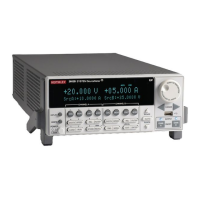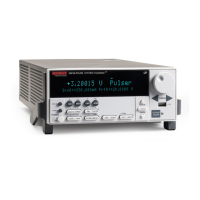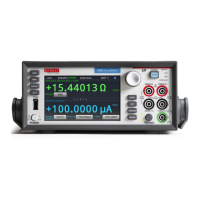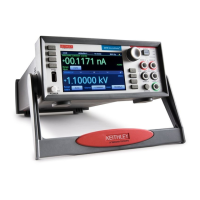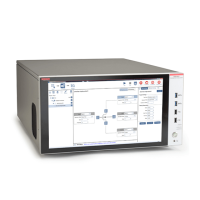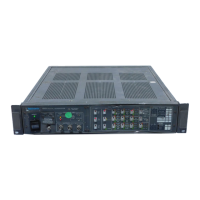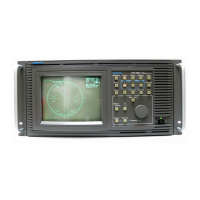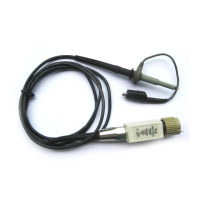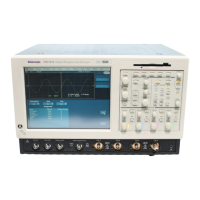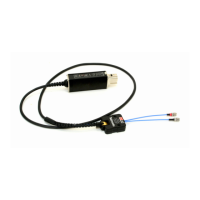Timers
A timer is a trigger object that performs a delay when triggered. You can use timers to create delays,
to start measurements, and step the source value at timed intervals. When a delay expires, the timer
generates a trigger event. The 2600B has eight independent timers.
Timer attributes
Each timer has attributes that you can configure. These attributes are described in the
following sections.
Count
The count sets the number of events to generate each time the timer generates a trigger event. Each
event is separated by the delay set by the trigger.timer[N].delay command.
To configure the count, use the trigger.timer[N].count command.
Set the count number to 0 (zero) to cause the timer to generate trigger events indefinitely.
Timer delays
You can configure timers to perform the same delay each time or set up a delay list that allows the
timer to sequence through an array of delay values. All delay values are specified in seconds.
A delay is the period after the timer is triggered and before the timer generates a trigger event. The
programming example below illustrates how to configure timer 3 for a 10 s delay:
trigger.timer[3].delay = 10
You can configure a custom delay list to allow the timer to use a different interval each time it
performs a delay. Each time the timer generates a trigger event, it uses the next delay value in the list.
The timer repeats the delay list after all the elements in the delay list have been used. The example
below illustrates how to configure timer 3 for delays of 2, 10, 15, and 7 seconds:
-- Configure timer 3 to complete delays of 2 s, 10 s,
-- 15 s, and 7 s.
trigger.timer[3].delaylist = {2, 10, 15, 7}
Assigning a value to the delay attribute is the same as configuring it with a one-element delay list.
Pass-through mode
When enabled, the timer generates a trigger event immediately when it is triggered. The timer
generates additional trigger events each time a delay expires. If the pass-through attribute is disabled,
the timer does not generate a trigger event until after the first delay elapses. The programming
example below illustrates how to configure timer 3 by enabling pass-through mode:
trigger.timer[3].passthrough = true
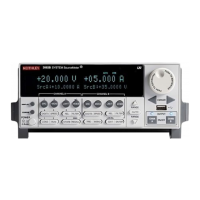
